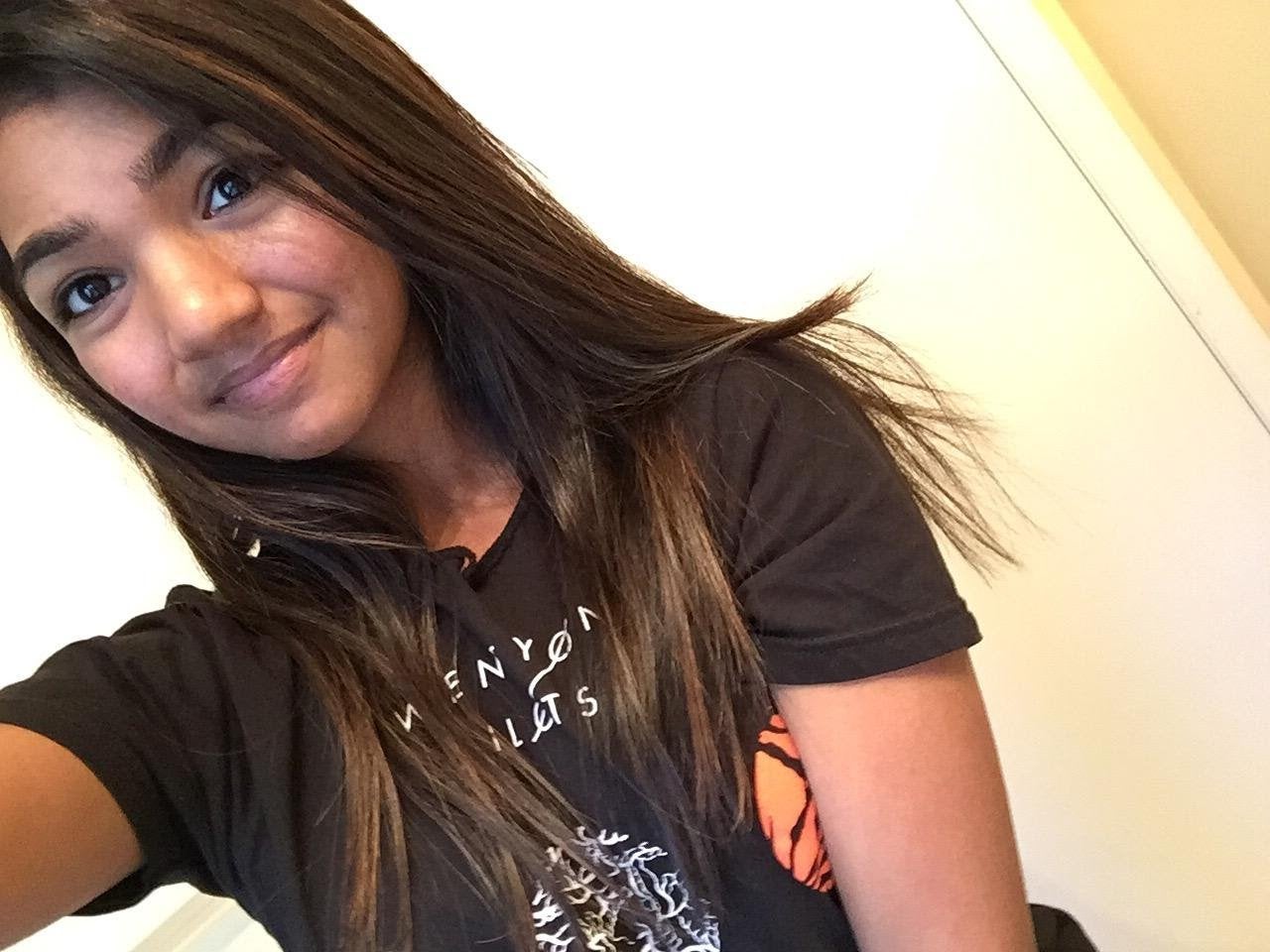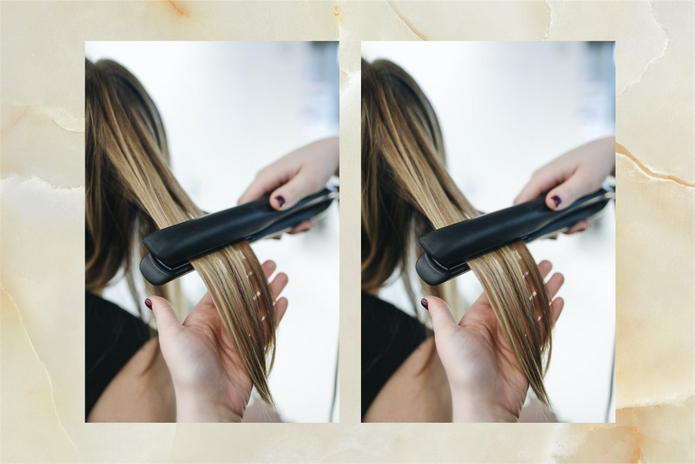Growing up, my hair was—surprisingly—straight. Yup, up until the 6th grade, I had the privilege of only pulling my hair up in a ponytail as my daily morning routine. Granted, my hair wasn’t silky-smooth or stick-straight, but it was straight enough that I never dared to go near a heat tool. Of course, the title of this article wouldn’t make sense if my hair was always this way.
Just when middle school was tough enough with my growing acne and crooked teeth, my hair had its own identity crisis. While I can’t find exact photos to illustrate how frizzy my hair was during this time, the below two are examples of how my hair looked after I straightened it. Not to mention, the 1960s-esque flips I had, following my mom’s insistent straightening of it. In other words, instead of being wavy and frizzy, it was (somewhat) straight and processed. Fun fact: I only washed my hair once a week to avoid going through the grueling straightening process several times a week. Mondays were the dreaded day not just because of school but also because that was the first day after washing my hair and, with the lack of any natural oils in it, I constantly found myself brushing my hair down throughout the day.

Don’t worry, our story does eventually go uphill. Flashforward three years into the future to freshman year of high school. At this point, I would still flat-iron my hair once a week and pray that, by Friday, it looked decent enough. It wasn’t until someone mentioned the Keratin Treatment that I found a perceived solution to all my problems. For background knowledge, the Keratin Treatment is a chemical process that smooths and shines frizzy hair, usually lasting around four months. While it is pricey and time-consuming, the texture of the hair ultimately changes to retain smoothness. For 15-year-old me, this seemed like heaven. Despite the three hour wait in the salon chair and the three days I couldn’t touch my hair at all, the feeling of having silky hair overtook me. I remember the first time I washed my hair after the treatment and having it dry completely straight with no friz at all. I repeat — zero frizz. I still swear to this day I cried tears of joy and showed everyone in my family (to which they expressed expectedly indifference towards). Below is my hair the first time after I did the Keratin Treatment.


Now here’s where the biggest issue was: regrowth. For context, when hair grows it starts from the root. Meaning that, as my hair got longer during the four month timeline after the Keratin Treatment, my roots reverted back to their original state and became frizzy once again, while the rest of my hair was still straight. Think of a reverse poodle. Thus, upon reaching the two-month mark after every treatment, I ended up straightening these roots down anyway so they wouldn’t look visible. The problem? It kind of defeats the whole purpose of getting Keratin Treatment. I spent hundreds of dollars and hours in a humid chair just to ultimately straighten my hair once again.
Don’t get me wrong: the treatment is very much worth it and I find myself considering going back to it every now and then whenever my hair fails to cooperate—but I’d much rather do it as a one-time thing rather than continuously doing so as I did for years. I’m currently working on getting my hair back to normal after years of bleaching and formaldehyde, and while I’ve finally managed to control my hair, I’ve decided to lay off the heat products at least for the rest of the year.
For anyone considering the Keratin Treatment themselves, I’d say to try it out once and see if the benefits are worth the risks in the long run.


